
[caption id="TheGloriousSpringfromAberdeentotheHomeCounties_img1" align="aligncenter" width="261"]
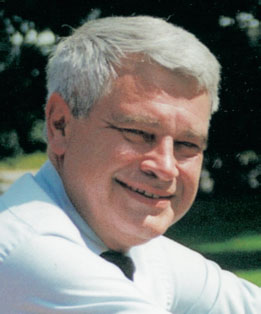
THE LAST TIME I WAS IN SCOTLAND in early April, my body suffered chilblains from the cold wind blowing off Leith Harbour and along Edinburgh’s Princes Street. That’s just early in the season for Scotland. It was not without some trepidation, then, that I had purposed to begin my spring travels several hundred miles north of the capital.
The sky was indeed ominously slate gray the morning I landed in Aberdeen and turned the perky Peugeot north another 50 miles to the fishing port of Fraserburgh in the northeast corner of Aberdeenshire. Blessedly, the sun made an appearance and for the two days I rumbled around Aberdeenshire, that northern corner of Scotland was graced with the only sunshine in Britain—and temperatures in the mid-60s. Sometimes it all works out. Those adventures, of course, show up in the feature a few pages along.
It’s not just British Heritage readers who are inspired to steer their travels by stories that appear in our pages. Forbes Inglis’ recent “Day to Visit” (January, 2011) took us to Arbroath and prompted me to follow on to visit Arbroath Abbey, the cradle of Scottish independence. That sun stayed with me as I toddled along the East Coast Trail south toward Dundee. Arbroath Abbey was duly impressive. In truth, though, I was probably equally impressed that Arbroath and its surrounding county of Angus has no pay & display car parks. Parking is free in Angus, which is almost as rare in Britain as an apparition of Robert the Bruce.
I drove along the Firth of Tay toward Perth, across country to Stirling and on toward the motorway south through Dumfries and Galloway. That makes a long driving day, but I was headed to Gretna Green in search of the story. Gretna Green, of course, was for 200 years the elopement destination for English couples. In England, it required parental permission to marry under the age of 21. The less-fastidious Presbyterians in Scotland had no such rules. Moreover, though a marriage required witnesses, it didn’t take a clergyman as such to perform the rite.
[caption id="TheGloriousSpringfromAberdeentotheHomeCounties_img2" align="aligncenter" width="1024"]
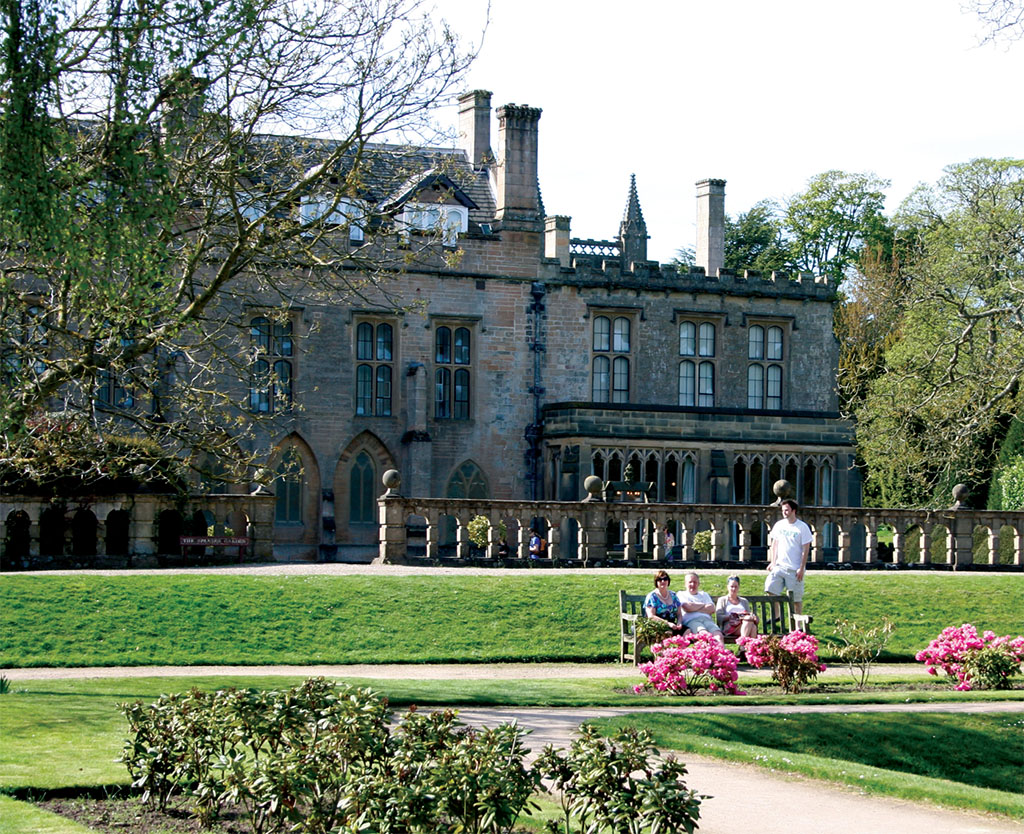
DANA HUNTLEY
Just over the border from Cumbria, then, a cottage industry in hasty weddings grew up in the village of Gretna Green. You might remember that as the destination of Wickham and Lydia in Pride and Prejudice. Though there is more than one wedding “chapel,” the old Blacksmith Shop became the iconic setting for such elopement weddings. Alas, there really wasn’t much of a story—you’ve just read it. The Blacksmith Shop largely resembles a tourist folly today. As it happens, however, Gretna’s hotels still do a booming business, and the little village of a couple of thousand people hosts 5,000 weddings a year—still traditionally performed over a blacksmith’s anvil. I carried on down a dozenmiles to the cathedral city of Carlisle for overnight.
That stretch of motorway from the environs of Glasgow to the Lake District was more than enough. Always a fan of the “ghost roads,” then, I followed the old A6 south through Penrith and on to Kendal.
[caption id="TheGloriousSpringfromAberdeentotheHomeCounties_img3" align="aligncenter" width="789"]
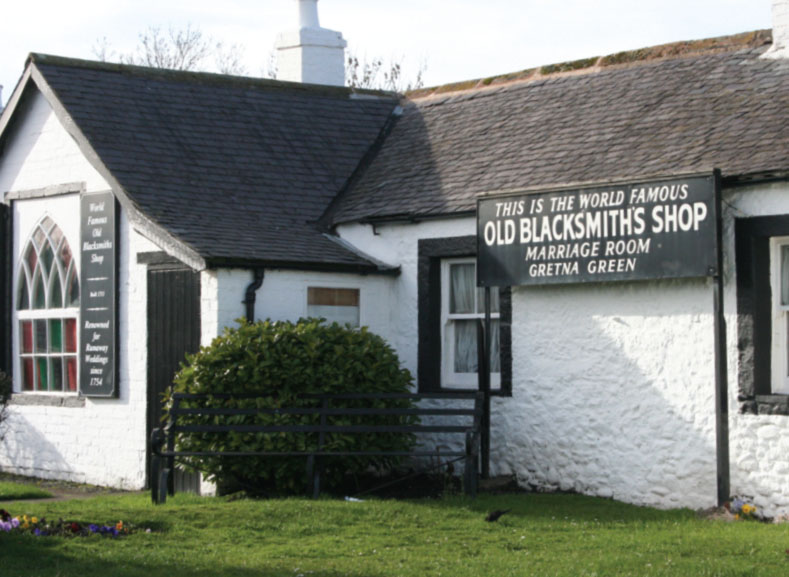
DANA HUNTLEY
The road runs along the eastern edge of the Lake District. It’s beautiful, but desolate, country. It certainly would have felt all the more so rattling along in a stagecoach toward Gretna Green or Glasgow in the 18th century. South of the Lakes, I turned west on to the flat, fertile plains of western Lancashire. This time, my destination was Blackpool. Surely, there was a story in Blackpool. This is one of England’s most famous seaside resorts. More pointedly, Blackpool was the original working-class holiday town.
[caption id="TheGloriousSpringfromAberdeentotheHomeCounties_img4" align="aligncenter" width="670"]
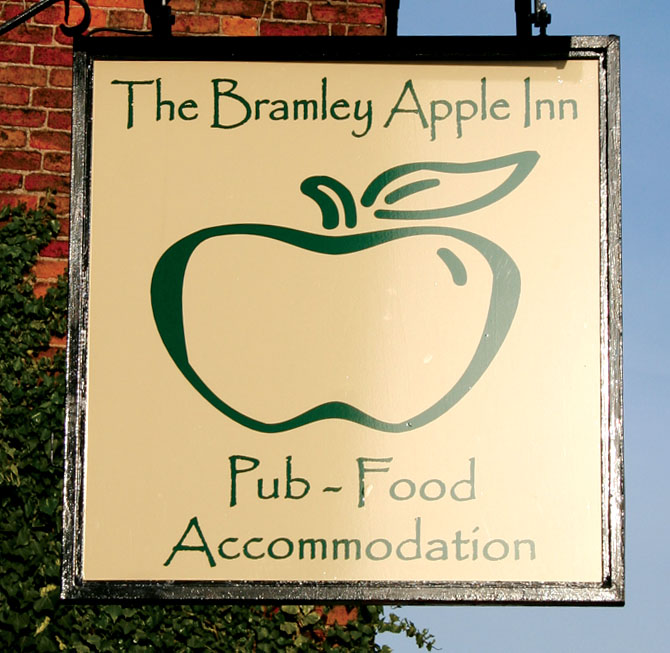
DANA HUNTLEY
It had gradually occurred to the mill owners of Lancashire’s textile towns that refreshed workers might actually be better and happier workers. Accordingly, on a coordinated schedule, the mills closed for a week and entire villages boarded special trains to carry folk to Blackpool for a seaside holiday. Over the years, the built-up seafront stretched six miles along the Irish Sea, with three piers and iconic Blackpool Tower defining the Promenade. A tram runs the length of the beach, ferrying visitors along the miles of pubs, amusement parks, nightclubs, chippies and hotels of every description and quality. Alas, a long overdue refurbishment is underway. The Promenade is torn up, the tram not running and traffic was directed in convoluted detours into the commercial heart of what is, unfortunately, not an attractive town of some 150,000 residents. Thwarted again.
As Jim Hargan detailed in his recent story “Making Lemonade” (May 2011), though, in Britain we are never at a loss for a Plan B. I toddled on down the coast through more genteel Lytham St. Anne’s and turned south toward Cheshire and an overnight in Knutsford. I might not have a picturesque story about mill workers’ holidays, but I had long wanted to revisit one of the most iconic textile villages at Quarry Bank Mill in Styal.
[caption id="TheGloriousSpringfromAberdeentotheHomeCounties_img5" align="aligncenter" width="653"]
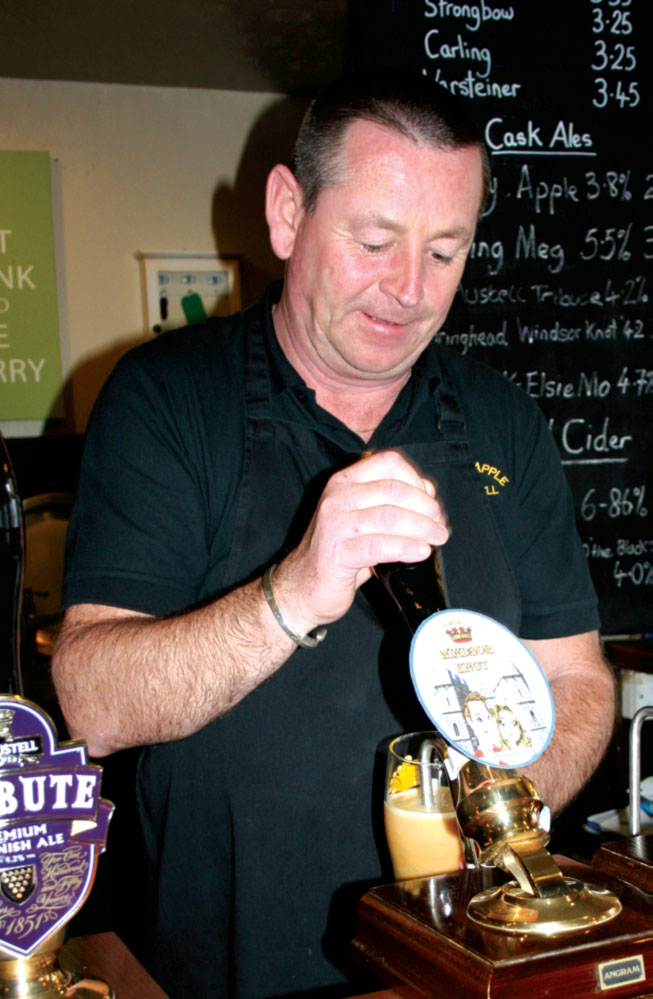
DANA HUNTLEY
From Greater Manchester, I turned east again across the northern rib of the Peak District to Lincolnshire and the market town of Epworth—birthplace and hometown of John and Charles Wesley. My luck had turned, and there is a great story. The next afternoon, I drove east into the beautiful rolling Lincolnshire Wolds and the market town of Louth—rarely visited by overseas visitors (or any visitors, for that matter). At the southern ridge of the Wolds, I paid homage at the tiny hamlet of Somersby, boyhood home of Alfred, Lord Tennyson.
Before dark, I was in Southwell, at the Bramley Apple Inn. Tucked off into the East Midland countryside between Newark and Nottingham, Southwell has never received much attention—despite the presence of Southwell Minster, surely one of England’s least well-known medieval cathedrals. On a very warm afternoon, I paid a visit to nearby Newstead Abbey, family home of Lord Byron, on the fringe of what remains of Sherwood Forest. After hoofing around the extensive gardens and parkland, I found myself craving that most American of commodities: ice.
Now, in all the years I’ve rambled around Britain, I can never recall going to a McDonalds. Just down the road from Newstead Abbey, though, I spied the familiar golden arches. There, I thought triumphantly! I tooled through the drive-thru and asked for a Diet Coke. In return, I received a small cup of the requisite beverage—chilled just to the cellar temperature of real ale and served without a single shard of ice. Ah, yes, cultural differences.
Early Sunday evening, I sat in the stone cool of Southwell Minster for a Passion-tide service of music and readings, reveling in the voices of the cathedral choir echoing through the vast enclosed spaces. Back at the pub later that night, I joined my genial hosts Annette and Phil Janman and half a dozen of the interesting regulars in an impromptu sing-along of our own. “Sweet Caroline” and “Unchained Melody” were certainly a musical change of pace. Phil poured me a pint of Windsor Knot—brewed special for the timely royal event. And speaking of knots, Phil and Annette were married in Gretna Green.
The A1 led south to Stamford, billed as the prettiest stone town in England. I had several reasons for wanting to pay a visit to Burghley House. The last time I was there to do a cover story on Burghley in 2007 (as some of you may recall), the unique Gardens of Surprise was under construction. It was great fun to see the completed and matured results. Driving through the park, the amazing herd of fallow deer that has been resident since the late 1500s were tame enough to let me within 40 yards before they reluctantly moved along. Later that evening, the young chef at the Bull and Swan on the edge of the estate insisted on preparing his venison special for my delectation. It was so tender I wonder how the deer ever walked. Yes, I can almost feel the grimaces, but such estate herds have no natural predators, and the herd must be culled—and better for food than for fertilizer.
At an antiquarian bookshop in town, I spotted a rare three-volume first edition of Pride and Prejudice and thought again of Gretna Green. Despite my interest, the inquiry was purely academic; r£32,000 is a bit beyond an editor’s budget.





Comments